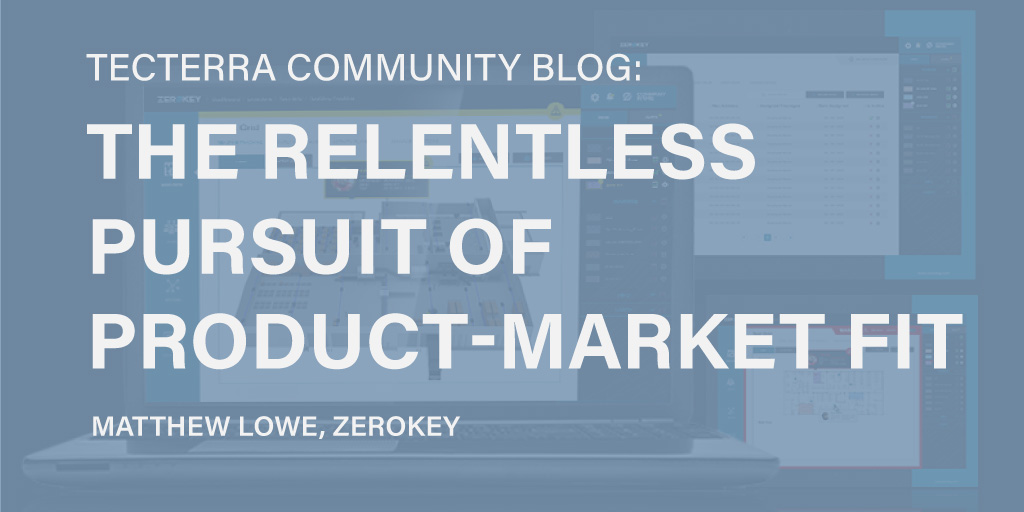Written by: Matthew Lowe, CEO & Co-founder, ZeroKey
ZeroKey was launched in 2016 with the dream of building a novel human-machine interface so natural and so intuitive that users needn’t spend months learning to use it like they would a keyboard. We dreamt of productivity gains, futuristic gesture recognition, and smiling users, all coming together in a fairy-tale start-up story. Of course, every fairy-tale needs a villain, and in the world of start-ups, that villain is product-market fit (or more accurately, the lack thereof). In our early days, we didn’t have a tangible understanding of our customer base. The new human-machine interface technology we built was revolutionary in many ways, but it wasn't the “killer app” customers had to have. The problem became obvious: We had yet to find our product-market fit.
The Big Break
A serendipitous encounter at Mobile World Congress 2018 put us on a path to finding that product-market fit we so desperately needed. An executive from one of the largest automotive manufacturers in the world happened onto an impromptu demonstration we were doing in the aisleway. As it turns out, this executive would have a “killer app” use-case for our technology in their factories. Two weeks later, we landed them as our first Fortune 100 customer and our first major success story. Our eyes were opened to the sheer potential of our technology – digitizing the position of hands was one thing, but what if we could hyper-accurately digitize manual processes, assets, and personnel across a whole factory? Or a warehouse? And everything in between? After all, that is just another type of human-machine interface.
Eureka!
Following this revelation, we decided to follow the customers and pivot our focus away from human-machine interface applications. Instead, we began applying our technology broadly to digitize the motions of humans and physical processes within industrial environments.
With a major customer under our belt, we thought that a new technology with industry-leading capabilities would result in endless other clients lining up to adopt our products – aka the “Field of Dreams” strategy. We soon learned that the “if you build it, they will come” mentality was not going to get us anywhere. Unfortunately, the commercialization of a deep technology hardware product was a longer and more difficult journey than we anticipated.
"It always takes longer than you expect, even when you take into account Hofstadter’s Law.”
- Hofstadter’s Law
The commercialization journey of deep technology hardware is the intersection of the “80/20 rule” and Hofstadter’s law. It is extremely difficult to anticipate the quantity and nature of the obstacles that will arise. No amount of planning can prepare you for the unknown. We were developing the most-accurate wide-area 3D real-time location system on the market, but we had yet to gain market credibility. Our clients weren’t experts in location technology, so they were skeptical and hesitant to take a meagre start-up at our word. We needed datasheets, documentation, APIs, certifications, testimonials, shipping and product labels, packaging, a stable supply chain, and a million other things to ensure customers had confidence in the viability of our product - especially for customers deploying our technology into their mission-critical environments.
Build A Positive Feedback Loop
The realization that this credibility gap was the missing piece of the puzzle unlocked our market traction. For us, the trick was to avoid going too horizontal too soon. We began focusing on our anchor clients to build the product they needed, and in doing so, we gained industry credibility as they adopted it. Our relentless drive for customer success through closed-loop product feedback informed further product improvements and allowed us to continually inch towards tighter product-market fit. This approach became a positive feedback loop of new customers, more product feedback, and more adoption.
Our advice to upcoming entrepreneurs is that striving for customer success, not just technological success, is the key to commercializing a product. Ultimately, the customer is at the centre of any commercialization journey, so focusing your product on the customer instead of only considering the technology is critical to finding product-market fit.


.jpg)




